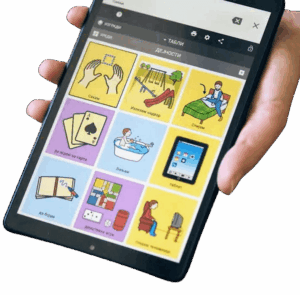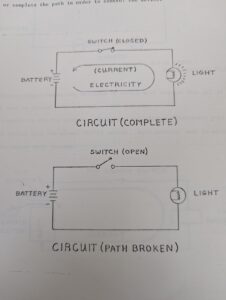If you are interested in open source software projects for assistive tech, take a look at CBoard. It is a free/open source app for AAC (Assisted and Augemented Communication). It’s for anyone with speech and language impairments, facilitating communication with pictures and text-to-speech. You can use it to quickly construct useful communication boards, and it’s beautifully customizable. Currently, it supports 46 languages. There is a paid/subscription level to this app which makes it even more useful (and which supports the ongoing maintenance and development of the project).

If you want to learn more about the current, complicated political, technical, and social landscape of AAC, here is a list of useful updates from Bob Williams, of the organization CommunicationFIRST:
Best Practices for Online Meetings with AAC Users
Technology for Equitable Communication: AAC Users Weigh In
New Film, 13 AAC Users: Priorities for Future Research
The FCC Needs to Address Digital Discrimination Against People Who Need AAC | CommunicationFIRST
The FCC Needs to Address Digital Discrimination Against People Who Need AAC | CommunicationFIRST
2023-10-03 C1st Comments to DOJ on Title II Web Access Proposed Rule
Leave a Comment